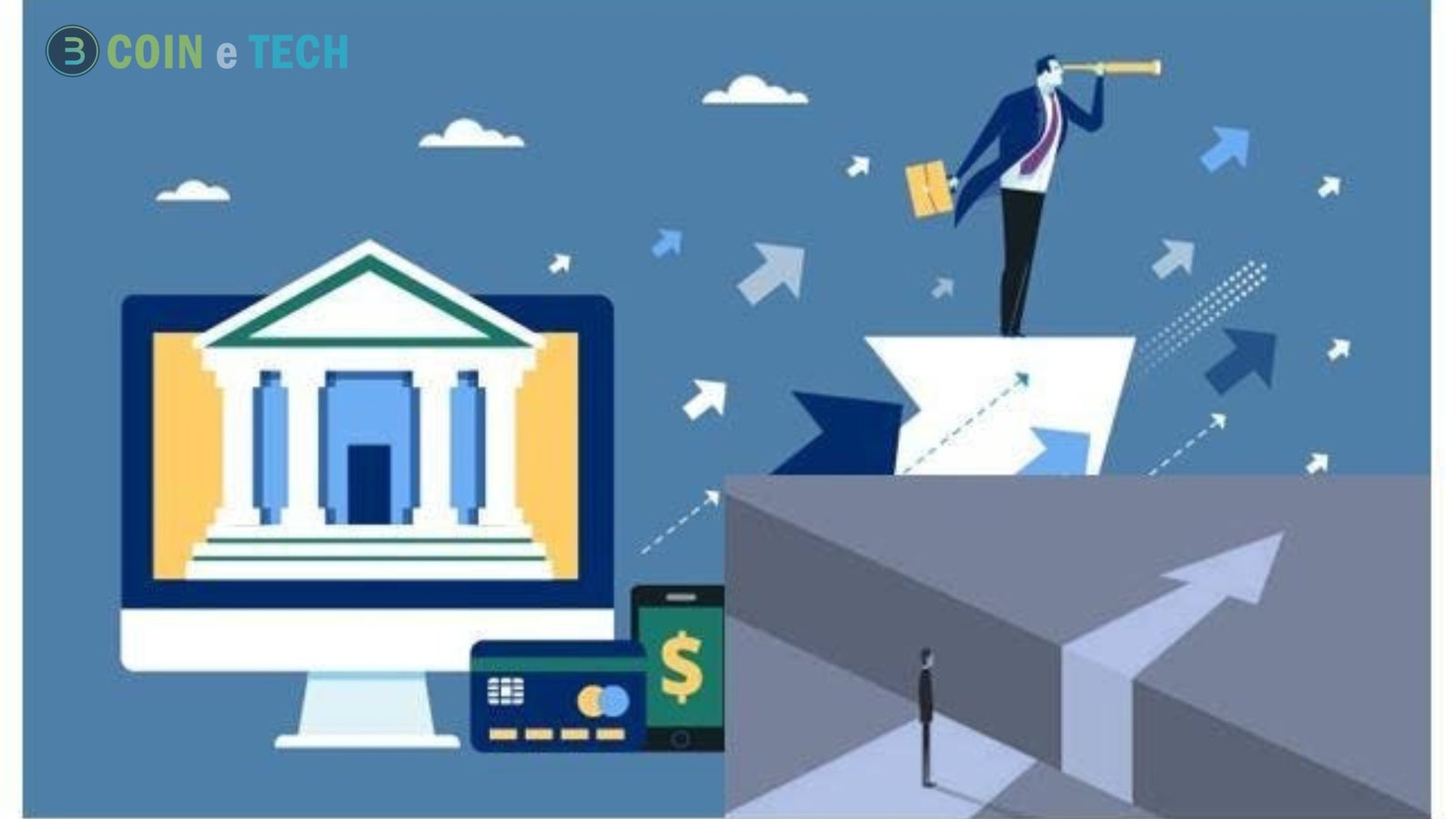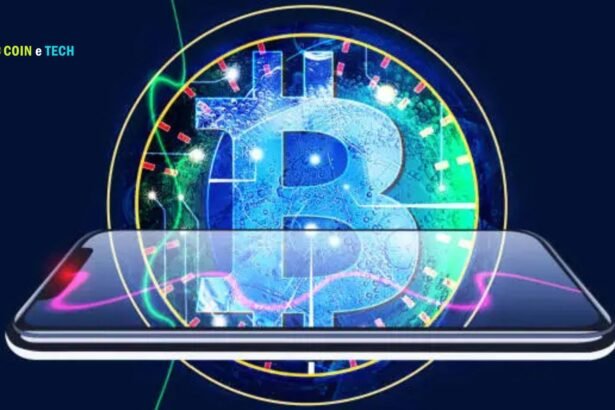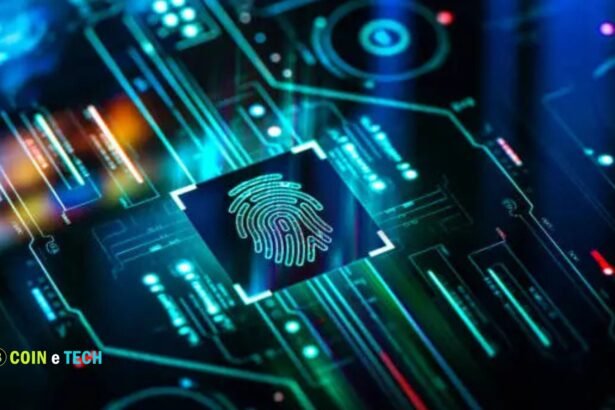Banking in the Metaverse. Before Facebook changed its name to Meta, the virtual realm was known as Metaverse. Things in the metaverse appear to be moving at a breakneck pace following this move by one of the largest IT companies in the world. With increased expectations and a surge in activity, Metaverse has been experiencing a faster development curve. Several corporations are vying for trademark patents to secure a piece of the metaverse.
With more and more individuals turning to online gaming during the pandemic, the metaverse sector experienced a meteoric rise. In 2021, the firm reportedly made a whopping $154 billion. Metaverse is quickly growing beyond the game industry, but we can already see the next phase of its development coming at a breakneck pace. Additionally, banks are more worried than ever before about losing out.
By 2024, the entire business will be worth almost $800 billion, according to Bloomberg Intelligence. It might not be too stretch to suggest that the metaverse will soon replace Earth as humanity’s primary home, especially given the growth of related industries. According to Gartner, 25% of individuals will spend at least one hour in the metaverse by 2026, whether for work, pleasure, or shopping.
We will probably also want a monetary system, as most business transactions occur in the metaverse. First, we’ll examine the traditional banking process and the expected course of action these institutions will take regarding the metaverse to answer these problems.
Traditional Banking Scenario
Central banks head the two-tiered conventional banking system. The personal touch is crucial to the success of financial institutions. Manual and paper-based, traditional banking could not personalize and tailor services to each customer. Digital banking emerged as a viable alternative to the old-fashioned banking system. Everything that had been done on paper was now done in the cloud. Everything had been computerized. This model was used to create new customer journeys while considering data. Financial institutions function similarly to IT companies, providing enhanced customer service and streamlining internal processes.
The Advent of DeFi and Banking in the Metaverse
In just two short years, blockchain technology has gone through the roof. Because of blockchain technology, the entire economic process is now inexpensive, rapid, and borderless. Because of blockchain technology, intermediaries are no longer necessary, and the whole process is now decentralized. Throughout, cryptocurrencies are crucial. NFTs and central bank digital currencies have unlocked the potential of real estate, art, and gaming, spawning new virtual and creator economies. In addition to implementing rules for these changes, experts say that conventional banks need a plan to deal with them.
Metaverse Banking: What Happens?
Meaningful engagement with customers
Despite having all the necessary features, emotions are not what drives banking. Metaverse has the potential to bridge the gap between financial organizations and their clients by adding a much-needed human element to automated banking systems. A new demographic, the NFT-savvy young, can be reached through the metaverse. Banks must find innovative ways to communicate with their customers to stay relevant. Our generation remembers going to the bank with our guardians to get our books stamped.
Customers may receive better service at virtual bank offices or even take a virtual tour of a home with mortgage brokers in real-time. Avatar advisors could help discuss early retirement plans or show customers how to participate in banks’ community activities. The fact that JPMorgan has refocused on the metaverse suggests that financial institutions see its promise.
Banks in South Korea, such as Kookmin, provide tailored financial information to customers and enable one-on-one consultations between employee avatars and customers in their virtual banks.
Using 3D with existing functionality
Reports indicate that nearly half of bankers (47%) anticipate clients using AR or VR as a transaction channel alternative as early as 2030. It would not be surprising to witness the industry’s bloom at that point if it maintained its current growth rate. Financial institutions like BNP Paribas have introduced virtual reality (VR) apps that clients may utilize throughout various banking processes, including account opening. However, Citi Bank is examining the potential for using holographic workstations in financial trading.
The use of metaverse banking can help improve employees’ working conditions. Bank of America uses virtual reality (VR) for immersive training, simulating real-life customer service situations so that staff may learn to read emotions and respond appropriately without harming themselves.
Creating new markets with new products
The cryptocurrency industry gave rise to NFTs and other marketable digital assets. Cryptos, NFTs, and real estate are all examples of virtual digital assets that people are willing to spend millions of dollars on. Banks have many chances to expand in the metaverse’s growing economy, which is currently unexplored. Here, banks must understand the significance of adapting to modern technology and serving customers. The NYSE recently submitted a patent application for an NFT exchange. This exemplifies the potential of the metaverse and the advantages that early adopters might get from it.
In the metaverse, brand evolution will look different from how it does in the real world. Marketing the brand correctly will become crucial for banks as customers act as collaborators. There are already a lot of well-known figures in the metaverse, so it’s only a matter of time before many banks join the fray to take advantage of the new prospects. The crux of the matter is unaltered.








